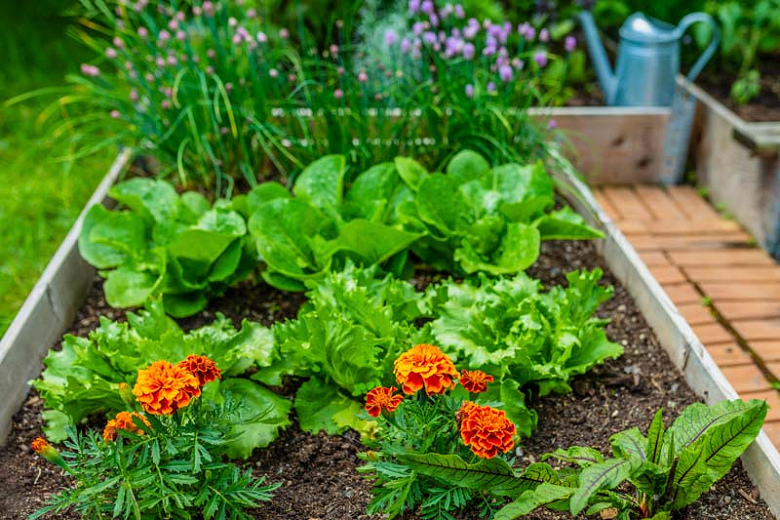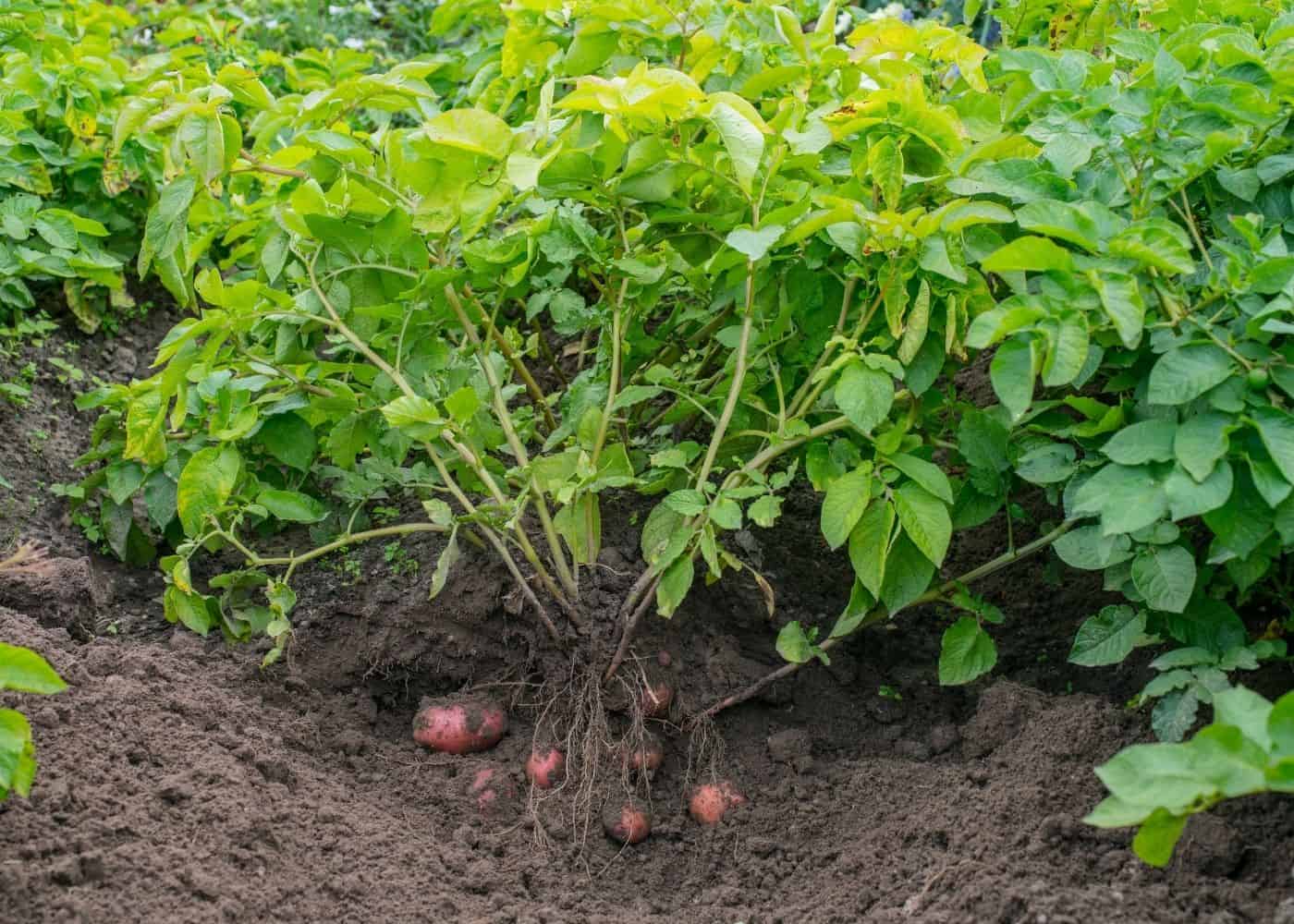Sga Companion Planting: The Ultimate Guide To Growing Healthy Thriving Plants
SGA Companion Planting: The Ultimate Guide to Growing Healthy Thriving Plants
Companion planting is a gardening practice that involves planting certain plants together to benefit each other. This can be done to attract beneficial insects, deter pests, improve soil quality, or increase yields.
There are many different principles of companion planting, but some of the most common include:
- Attracting beneficial insects: Some plants, such as marigolds and nasturtiums, attract beneficial insects such as ladybugs and parasitic wasps. These insects help to control pests, which can lead to healthier plants.
- Deterring pests: Other plants, such as onions and garlic, have strong scents that can deter pests. For example, planting onions near carrots can help to repel carrot flies.
- Improving soil quality: Some plants, such as legumes, fix nitrogen in the soil. This can help to improve the fertility of the soil, which can benefit all of the plants in the garden.
- Increasing yields: Certain plants can help to increase the yields of other plants. For example, planting tomatoes near basil can help to improve the flavor of the tomatoes.
There are many different companion planting charts available online and in gardening books. These charts can help you to choose the right plants to plant together.
In addition to following companion planting charts, there are a few other things you can do to make the most of companion planting:
- Pay attention to the sun: Some plants need full sun, while others prefer partial shade. When choosing companion plants, make sure to consider their sun requirements.
- Consider the soil: Some plants prefer sandy soil, while others prefer clay soil. When choosing companion plants, make sure to consider their soil requirements.
- Water and fertilize regularly: All plants need water and fertilizer to thrive. Make sure to water and fertilize your plants regularly, regardless of which companion plants you choose.
Companion planting is a great way to improve the health and productivity of your garden. By following a few simple principles, you can create a thriving ecosystem that will benefit you for years to come.
[MAIN CONTENT]
Benefits of Companion Planting
There are many benefits to companion planting, including:
- Healthier plants: Companion planting can help to improve the health of your plants by attracting beneficial insects, deterring pests, and improving soil quality.
- Increased yields: Companion planting can help to increase the yields of your plants by providing them with nutrients and support.
- Reduced pest and disease problems: Companion planting can help to reduce pest and disease problems by attracting beneficial insects and deterring pests.
- Enhanced beauty: Companion planting can enhance the beauty of your garden by creating a more diverse and interesting landscape.
Principles of Companion Planting
There are many different principles of companion planting, but some of the most common include:
- Attracting beneficial insects: Some plants, such as marigolds and nasturtiums, attract beneficial insects such as ladybugs and parasitic wasps. These insects help to control pests, which can lead to healthier plants.
- Deterring pests: Other plants, such as onions and garlic, have strong scents that can deter pests. For example, planting onions near carrots can help to repel carrot flies.
- Improving soil quality: Some plants, such as legumes, fix nitrogen in the soil. This can help to improve the fertility of the soil, which can benefit all of the plants in the garden.
- Increasing yields: Certain plants can help to increase the yields of other plants. For example, planting tomatoes near basil can help to improve the flavor of the tomatoes.
Companion Planting Charts
There are many different companion planting charts available online and in gardening books. These charts can help you to choose the right plants to plant together.
How to Get Started with Companion Planting
If you're new to companion planting, here are a few tips to get you started:
- Start small: Don't try to do too much at once. Start by planting a few companion plants together and see how they do.
- Do your research: There are many different companion planting charts available online and in gardening books. Do some research to find the right plants for your garden.
- Be patient: It takes time to see the benefits of companion planting. Don't get discouraged if you don't see results immediately.
[CONCLUSION]
Companion planting is a great way to improve the health and productivity of your garden. By following a few simple principles, you can create a thriving ecosystem that will benefit you for years to come.
Companion planting is a gardening technique that involves planting different types of plants together to benefit each other. This can be done to attract beneficial insects, repel pests, improve growth, or enhance flavor.
The Sustainable Gardening Australia (SGA) website is a great resource for information about SGA companion planting. The website includes a comprehensive list of companion plants, as well as articles and videos that explain the benefits of companion planting.
One of the benefits of companion planting is that it can help to reduce the need for pesticides. By planting plants that attract beneficial insects, you can help to keep pests in check naturally.
Another benefit of companion planting is that it can improve the flavor of your vegetables. For example, planting tomatoes and basil together can help to enhance the flavor of both vegetables.
If you are interested in learning more about SGA companion planting, I encourage you to visit the SGA website. The website is full of helpful information that can help you to create a more productive and sustainable garden.
FAQ of sga companion planting
Q1: What is SGA companion planting?
SGA companion planting is a gardening technique that uses the relationships between different plants to create a more productive and pest-resistant garden. By planting certain plants together, gardeners can help to attract beneficial insects, deter pests, and improve the overall health of their plants.
Q2: What are the benefits of SGA companion planting?
There are many benefits to using SGA companion planting in the garden. Some of the most notable benefits include:
- Increased productivity: Companion planting can help to increase the yield of your garden by attracting beneficial insects and deterring pests.
- Improved plant health: Companion planting can help to improve the overall health of your plants by providing them with nutrients and support.
- Reduced pest problems: Companion planting can help to reduce pest problems in your garden by deterring pests and attracting their predators.
- More attractive garden: Companion planting can create a more attractive and diverse garden by planting different types of plants together.
Q3: How do I choose the right companion plants for my garden?
There are a few things to consider when choosing companion plants for your garden. First, you need to think about the type of plants you want to grow. Some plants, such as tomatoes and basil, are natural companions, while others, such as beans and peas, should not be planted together.
Second, you need to consider the climate in your area. Some plants, such as corn and beans, are better suited for warm climates, while others, such as lettuce and spinach, are better suited for cool climates.
Finally, you need to consider the amount of space you have available. Some plants, such as sunflowers and marigolds, can grow quite large, while others, such as chives and mint, are more compact.
Q4: Where can I find a list of companion plants?
There are many resources available online and in libraries that can help you find a list of companion plants. Some popular resources include:
- The Companion Planting Handbook by Carol Deppe
- The Vegetable Gardener's Companion by Louise Riotte
- The New American Gardener's Handbook of Companion Planting by Gertrudiner Groh
Q5: How do I plant companion plants together?
When planting companion plants together, there are a few things to keep in mind. First, you need to make sure that the plants you are planting are compatible. Second, you need to plant the plants at the correct distance apart. Finally, you need to water the plants regularly.
Image of sga companion planting
- Image 1: A photo of a carrot and a marigold plant growing together. The caption reads, "Carrots and marigolds are a classic companion planting combination. The marigolds help to deter pests from the carrots, and the carrots help to improve the soil structure for the marigolds."

- Image 2: A photo of a tomato plant and a basil plant growing together. The caption reads, "Tomatoes and basil are another popular companion planting combination. The basil helps to deter pests from the tomatoes, and the tomatoes help to provide nutrients for the basil."
- Image 3: A photo of a lettuce plant and a radish plant growing together. The caption reads, "Lettuce and radishes are a good companion planting combination because they have different growing requirements. Lettuce prefers cool, moist soil, while radishes prefer warm, dry soil. This means that they will not compete for resources, and they can help to each other thrive."

- Image 4: A photo of a cucumber plant and a nasturtium plant growing together. The caption reads, "Cucumbers and nasturtiums are a good companion planting combination because they attract different pollinators. Cucumbers attract bees, while nasturtiums attract butterflies. This helps to ensure that both plants are pollinated, and that they will produce a good crop."

- Image 5: A photo of a potato plant and a chive plant growing together. The caption reads, "Potatoes and chives are a good companion planting combination because they have different root systems. Potatoes have a deep root system, while chives have a shallow root system. This means that they will not compete for water and nutrients, and they can help to each other thrive."

Post a Comment for "Sga Companion Planting: The Ultimate Guide To Growing Healthy Thriving Plants"